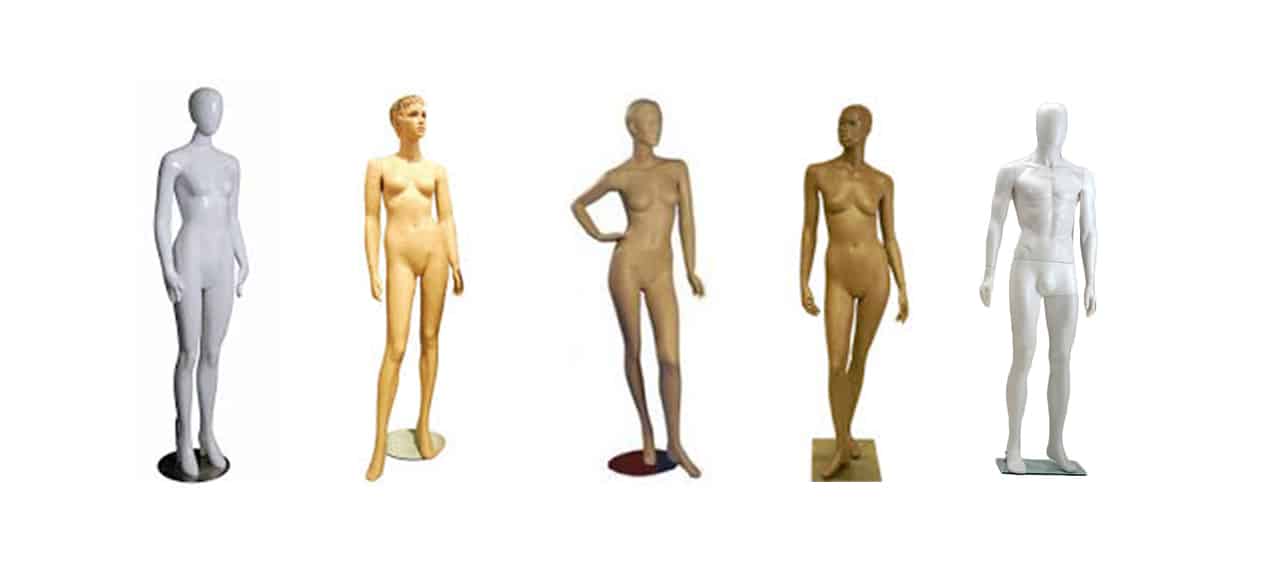5 Practical Ways to Implement Chatbots

Previously, we talked about how Chatbots can enhance the customer purchase journey. Today, we’ll deep dive into some practical ways where businesses can implement Chatbots to improve their processes.
1. Interactive form filling
One of the main reasons for form abandonment (where someone starts filling a form but leaves the page without submitting), is the fact that we live in the age of instant gratification. Most people have the tendency to abandon a form if it feels too ‘long’ or if it takes up too much of their time (even if it takes less than five mins).
However, when it comes to instant messaging, most people are willing to spend more time than they should even if it distracts them from their primary task.
As an alternative to traditional online forms, Chatbots can be implemented to collect information by chatting with your prospects. So instead of scrolling through various fields to fill in a form, your prospects would just respond to questions and submit files to the Chatbot effortlessly through a chat interface. This would be an activity which they are a lot more comfortable doing and more importantly, willing to spend more time on, leading to better conversion rates.
2. Brand Engagement Campaigns
Chatbots are highly narrative by nature, making it is an ideal tool to not only communicate but also to personalise the brand experience, suitable for brands that run recurring sweepstakes, giveaways or crowdsourcing campaigns within a year.
Instead of developing full-fledged microsites or applications for the purpose of short-term campaigns, brands can now opt to build a campaign bot within Facebook with a fraction of the time and cost. Moreover, Facebook’s Messenger framework is always updated with new and improved capabilities; the sky’s the limit when it comes to creative possibilities.
To get a feel of such campaigns, check out Eyesight.sg’s campaign bot.
3. Appointment Bookings
Earlier we talked about using Chatbots to collect data from prospects, and beyond data collection, businesses can allow their customers to set up appointments within the same chat interface quickly.
This works like a personal assistant helping to manage & automate tedious and time-consuming tasks; making life easy for businesses and their prospects. Businesses such as restaurants can also implement Chatbots to automate their booking process.
4. E-commerce platform
Another upward trend in e-commerce would be the emergence of conversational commerce; this means prospects can interact with Chatbots or a human company rep (or both) to ask questions, get personalised recommendations and purchase products all within a chat interface.
In the age of instant gratification, time is of the essence. Chatbots have the potential to provide answers to prospects instantaneously (If well-implemented). Research has shown that if consumer enquiries are answered instantly, it can significantly improve conversions.
Another approach would be for businesses with only a handful of products or experimenting on e-commerce. They can opt to build e-commerce capabilities within Facebook Messenger instead of a full-fledged e-commerce site which takes a substantial budget and time.
5. Answering FAQs and directing customers to the right channel
The use of Chatbots can be used to supplement your existing Customer Service team; Chatbots can help to answer straightforward and generic questions based on the company’s existing FAQs and help direct customers to the relevant departments.
In turn, this will allow your customer service teams to focus on complex and pressing customer issues that require more attention.











